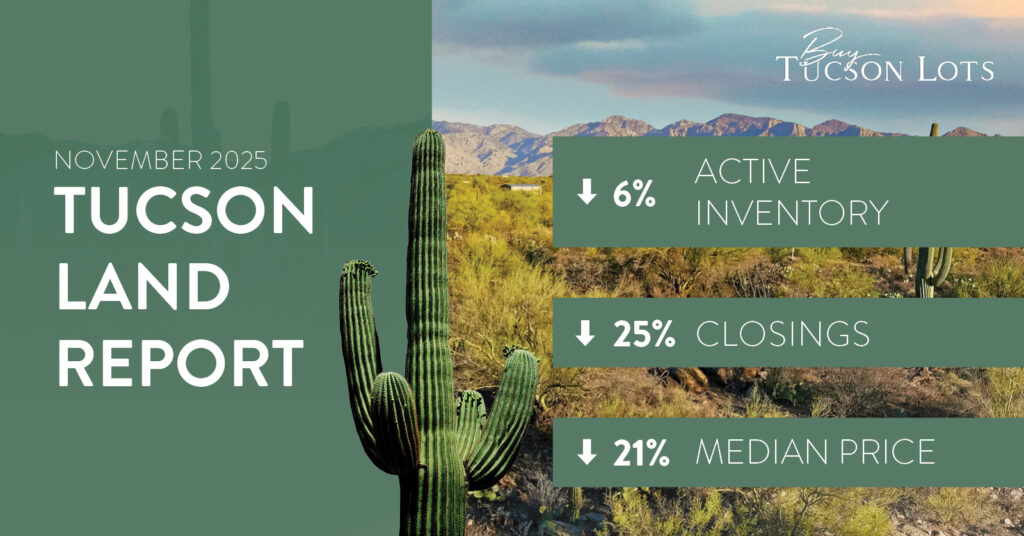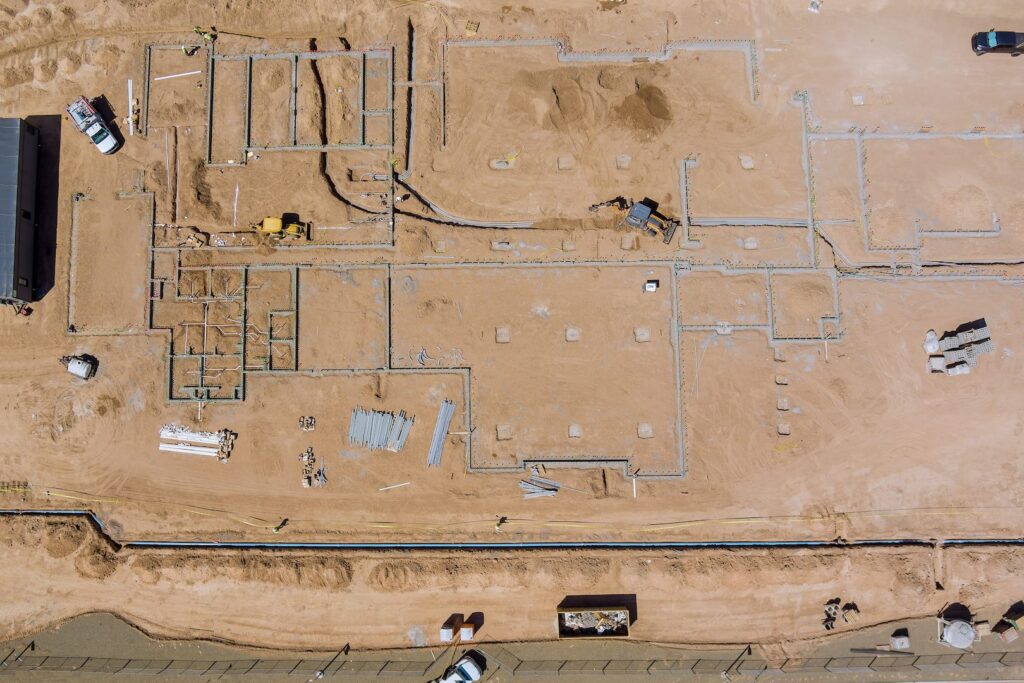You’ve been working incredibly hard to find that perfect plot of land to build your dream house. After months of research, applications, builders’ contracts, and approvals, you are finally ready to see your new house take shape.
Most builds take much longer than anticipated, and the average single family home build can be anywhere from 7 months to 9 months. With the process taking nearly a year to complete, it can be a bit of a challenge to track the build and stay organized throughout the process, especially if you are building a home that is wall-to-wall details.
Though it may seem like your homework days are behind you, building a home from the ground up means tackling the to-do lists, keeping paperwork on hand and still in a safe space, and of course, cataloging and staying on top of all your must-have home items and specifics as the months go by.
As you begin to embark upon the task, it is important that you take some time to develop your organization method and ensure that you will have everything you need to complete your build from start to finish.
Raid the Office Supply Aisle
You will need several key organizational items to plan, store, and follow your build from day one, so it’s time to hit the office aisles and stock up on supplies.
At the very least, you will need a designated accordion folder, a three-ring binder, a planner/calendar for dates and notes, and a few tabbed folders to keep sections clearly marked and easy to locate.
The accordion folder should be your go-to for all contracts, paperwork, and bank information related to your build. The three-ring binder should hold all your notes, your sketches, room by room blueprint printouts, and your primary swatches.
Your tabbed folders, which should be labeled by room, should hold all your swatches, paint samples, magazine pages, and room by room lists of items discussed with your builder. Finally, your planner and calendar will be your primary go-to, so load it with every important contact name, phone number, and email address of everyone involved in the production of your house. Even if you use a digital calendar, manually entering dates into a calendar will help you better see the month ahead and plan for any major appointments.
Make Some Space
Just as the solution to finding your car keys in the morning is to put them in the same place when you come home, so too is it the solution to find anything related to your home build. Designate a space of your home—even just a corner in your office—to everything that will pile up during the months your house is being constructed.
As the construction proceeds, you’ll probably end up with large tile or flooring samples, paint book, fabric samples, and blueprints, so instead of having them strewn throughout your house, keep them all in one convenient space.
Not only you will be far less likely to lose important papers and swatches, but you will also be more inclined to keep it all organized when your files are clearly marked and easy to find.
Folder Up Your Email
By the time your home is ready for you to move into, you will have exchanged hundreds of emails with contractors, builders, designers, banks, and businesses that are pertinent to your home build. Before those emails start rolling in (and quickly become lost in the deluge), organize your email by making a folder for the construction of your home with subfolders. Subfolders should include finances, copies of contracts, supplier quotes, and design, as well as any other notes and inspiration you have been gathering.
Keep a Travel Bag
There will undoubtedly be a time during your home build that you will regret not bringing a tape measure. To avoid that, put together a small bag that you can keep in your car which includes anything you may need to take accurate notes and measurements on site. A tape measure, pen, notepad, and work gloves are a great start.
Create an Online Budget Tracker
A simple Excel spreadsheet can be the difference between spending a few hundred dollars more and a few thousand dollars more than you have budgeted for. Going room by room, lay out a grid of every item that you will need to design and plan, from doors to ceiling fans.
The very best budget spreadsheets should include not only the cost per item (to be totaled into the room budget), but also the color, retailer, and photo (if possible). This way you can not only keep a close eye on your spending, but you can also start to see your home coming together room by room too.







